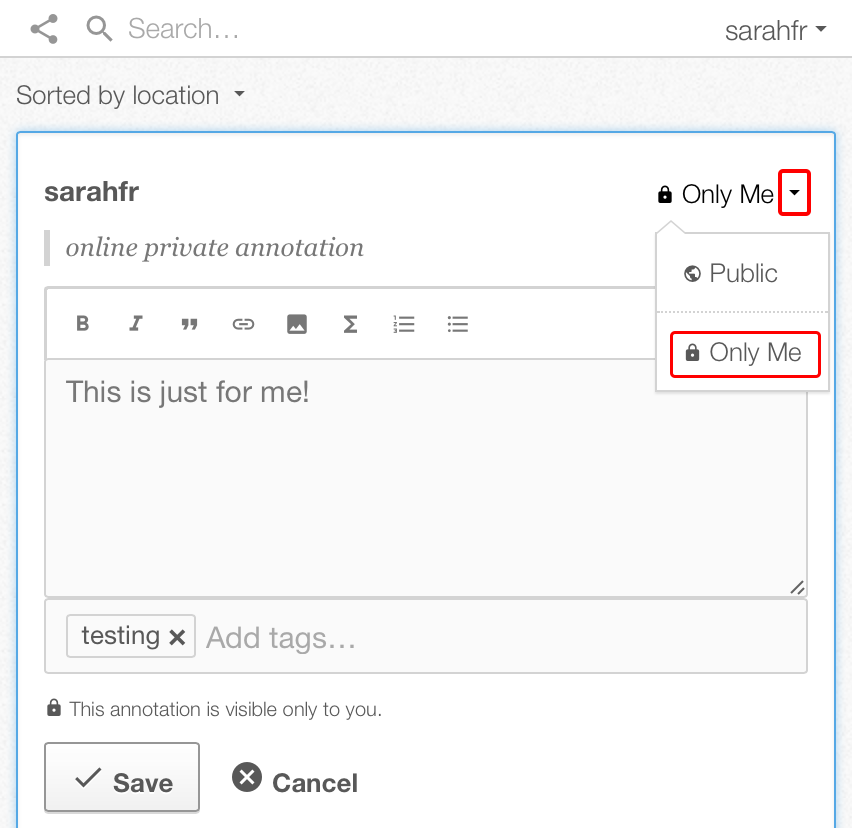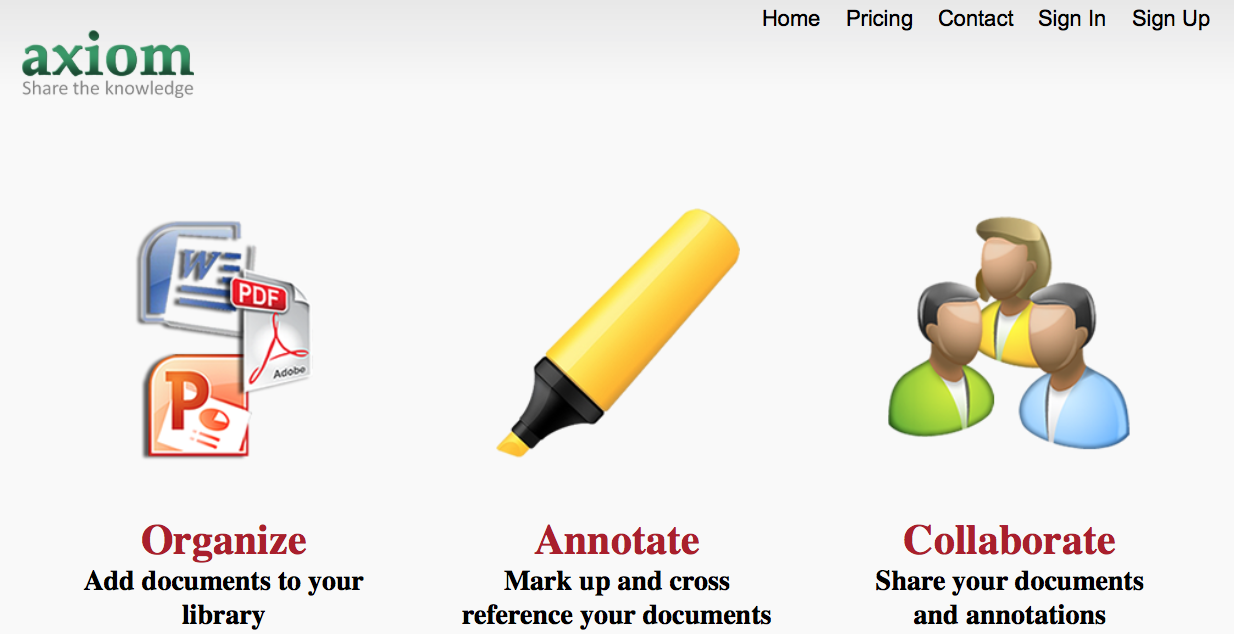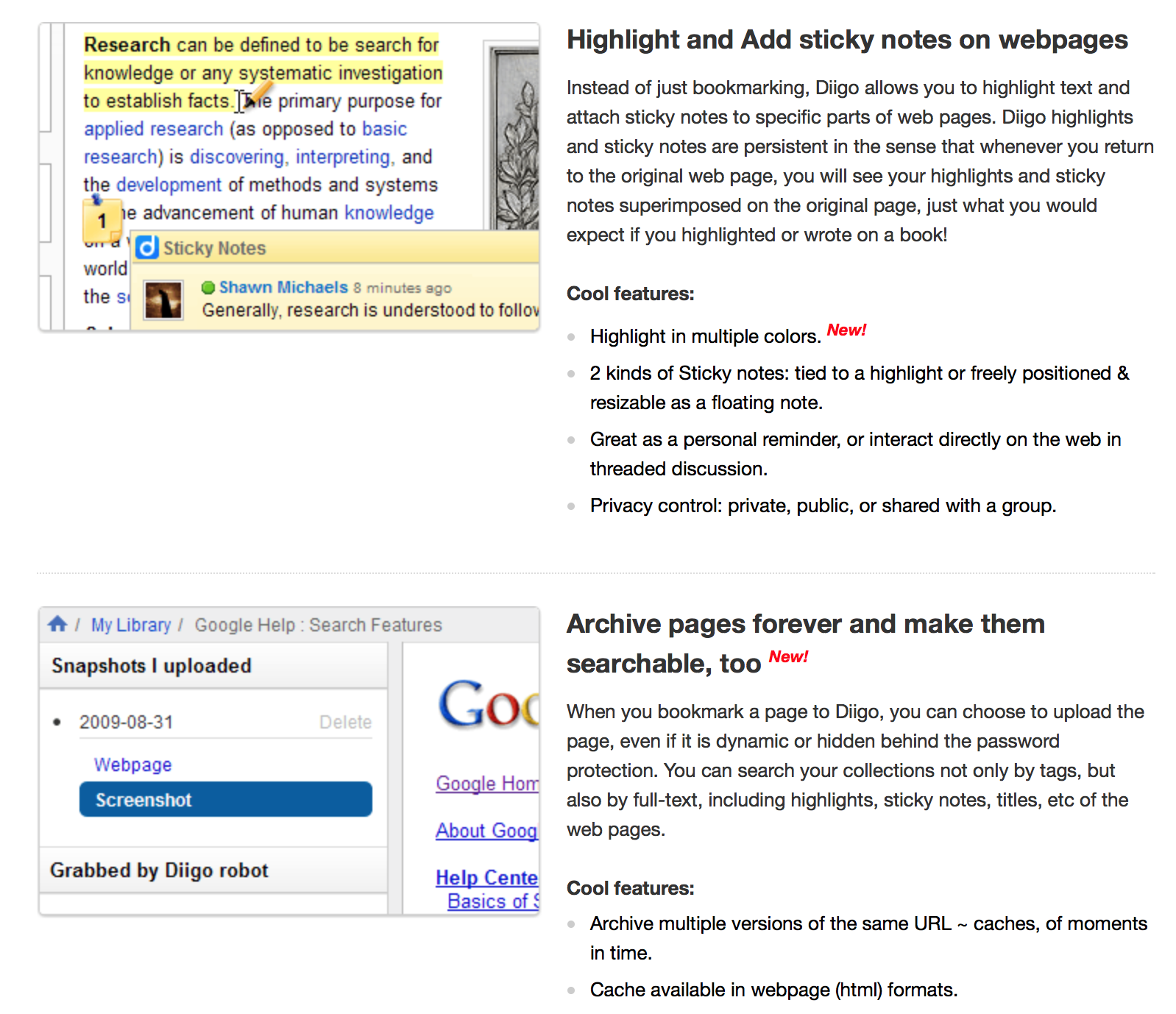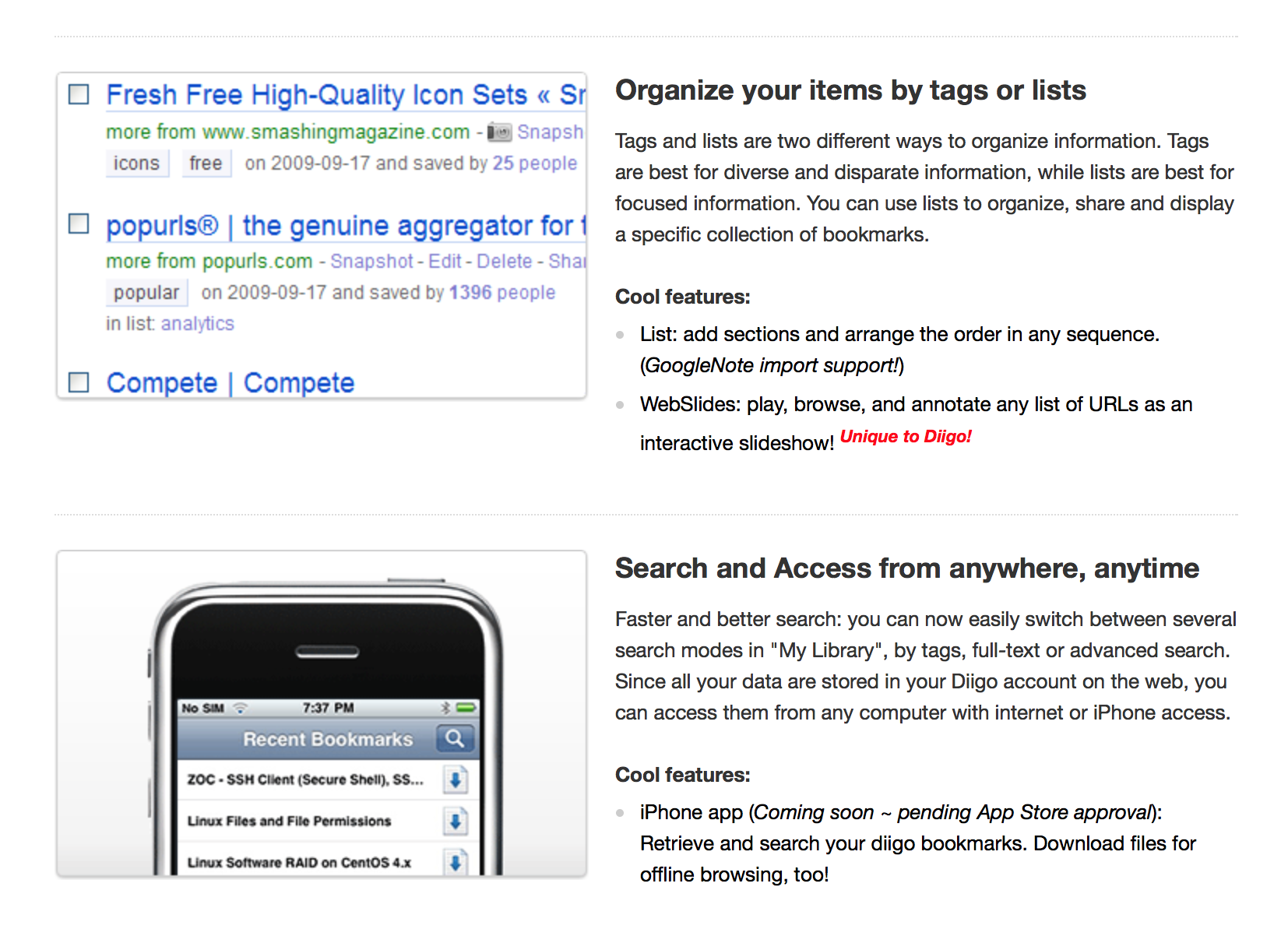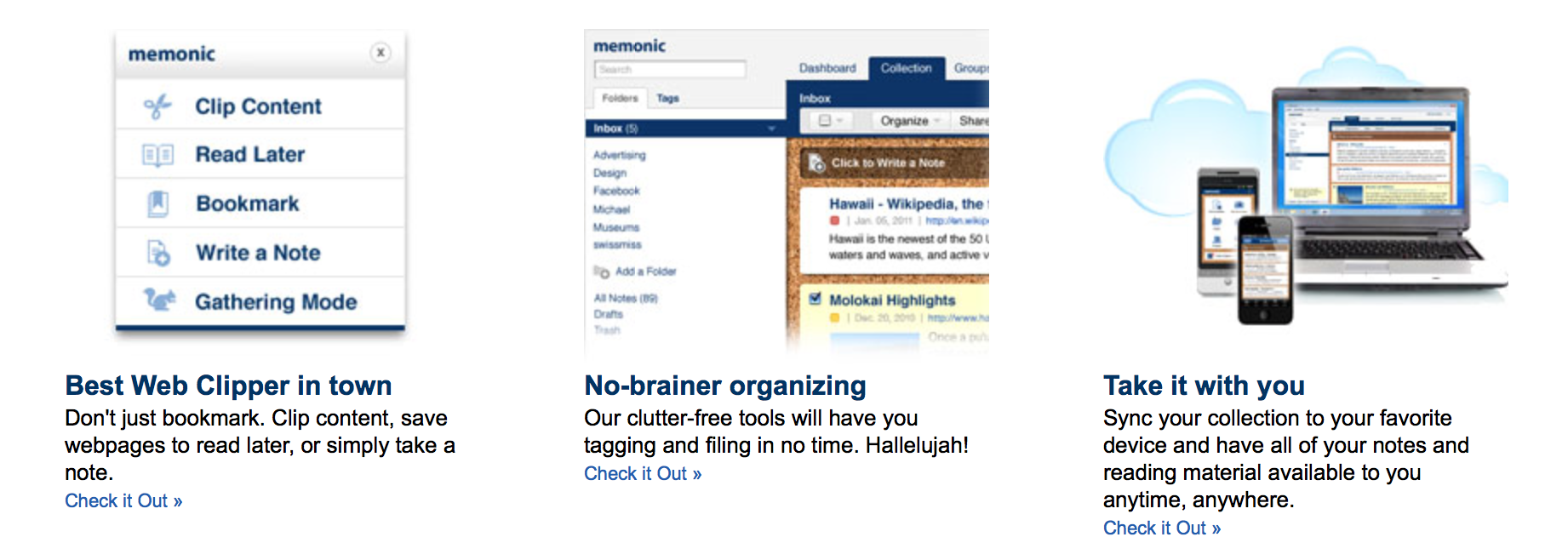When studying, you will want to underline, highlight, comment, draw, etc. Depending on what format you annotate and with which tool, your private annotations may be saved locally, in a cloud service or in a database on a server. We encourage you to use an internet based solution. If the annotation software you use doesn’t allow syncing, then you’ll have at least to work with a file syncing software like Dropbox.
Advantages of working digitally
If you work digitally on your files and use any kind of syncing/cloud service, you will always have your files available on any device, even on devices that are not yours (e.g. if you happen to have your computer stolen. But let’s hope not!) and be able to work on them. Another big advantage is the search function. Do you like Google, i.e. the search functionality? Use the search functionality everywhere else! Use it in your emails, in your books and PDFs, use it in your files on your computer.
.1 – Annotations to the Web
The web is not static, it may well change over time. This is why, so far, software that allows you to do web annotations are rare or save a local copy of the webpage, e.g. Evernote Web Clipper. We have found hypothes.is and it let’s you do online private annotation.
hypothes.is
You cannot scribble or draw yet –I’ll try to be working on making this possible soon– but you can highlight and you can write private notes. You should also use tags for later searches.
If you go with Chrome and activate the hypothes.is Chrome extension, you can annotate the whole World Wide Web! On the eSkript server, you can use hypothes.is in every browser.
hypothes.is Groups
To work privately but in a group, you can create a hypohtes.is group. Go to the dashboard (click on your username) and create a new group in the menu ‘Groups’. Send the link to the people you want to invite. Also check out the chapter on public and group annotation. For even more details, you may check out the hypothes.is tutorials.
.2 – Annotations to EPUB/MOBI
There are gazillion of ebook readers (devices and software). Choose what you like. Some ‘apps’ (e.g. iBooks) allow you to have private and public annotations, and allow you to do some drawing. You can export all your highlights and comments (with some context and location reference). Some allow you to draw, some don’t.
.3 – Annotations to PDF
Most PDF-readers allow annotations. Again, you can have your files locally, use a file syncing service or use an app that syncs. Evernote can annotate (almost) anything and you can draw and write and highlight, and everything is always ready for your computer, on a mobile device and in a browser!
Some Tools
Find out which tool you need:
| Goal | Annotation kind | Tool |
| learning | private annotation | Evernote, memonic, annotary, diigo, axiom |
| research / learning / team work | group/public annotation | diigo, axiom,… |
| research | private annotation | web notes, memonic |
Our favorites are Evernote, Memonic, Diigo and Axiom.
The linked table (based on http://en.wikipedia.org/wiki/Web_annotation) shows you a very incomplete overview: Private (Web) Annotations Tools
Tools’ Main Features
Evernote
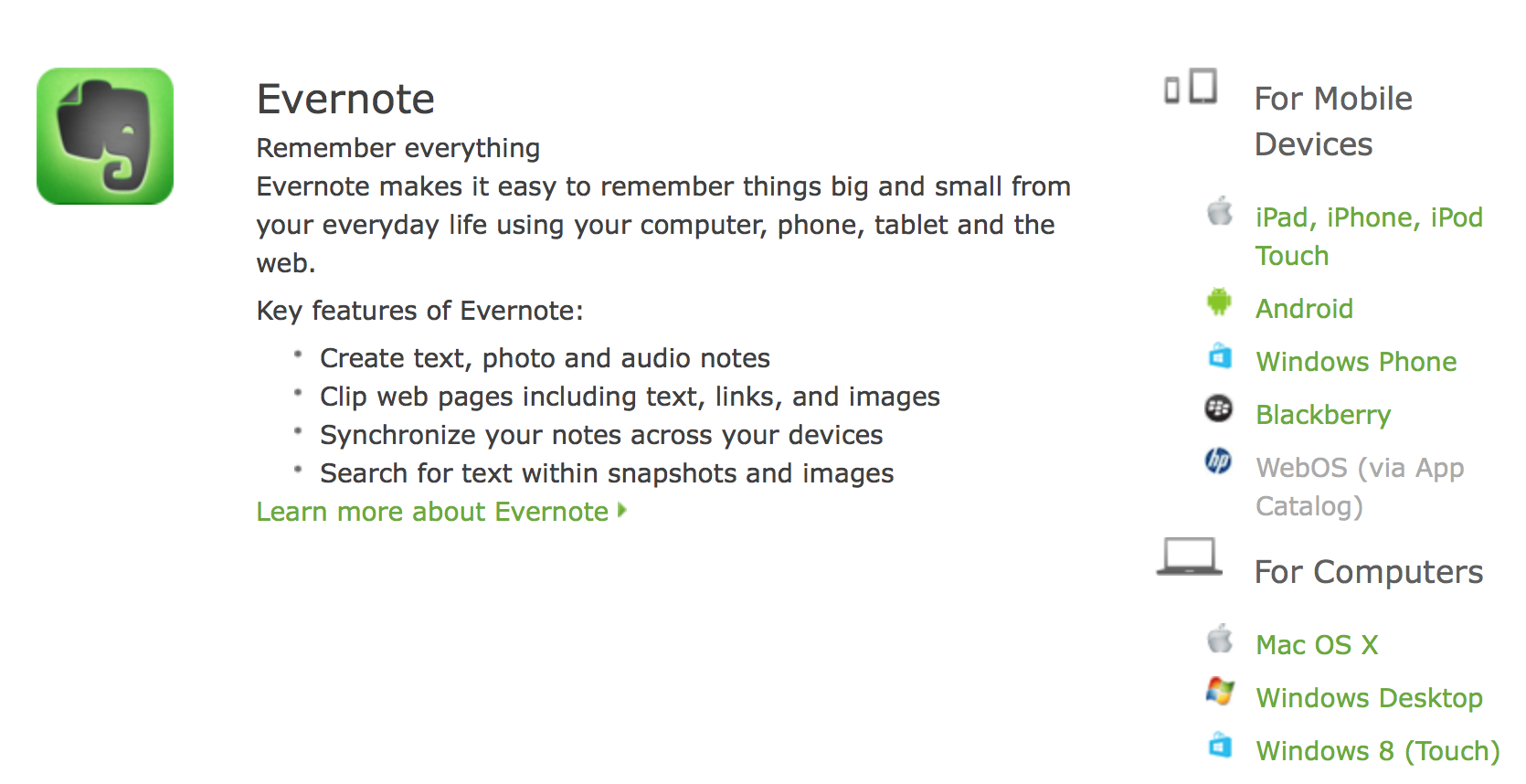
and draw/scribble on anything! Here is the Evernote Teaser
